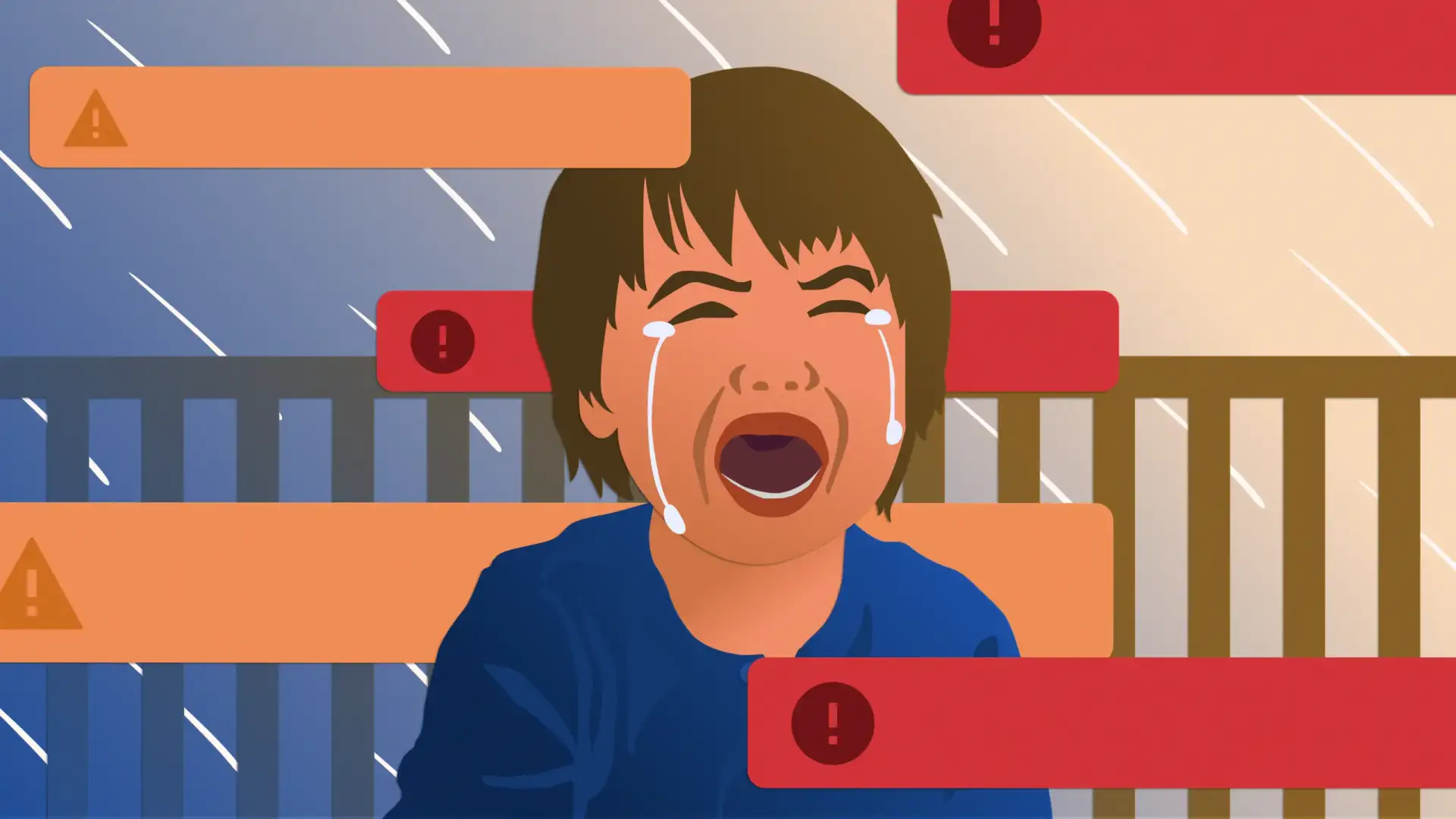In January 2021, I became a dad. Later that year, I started working at Indeed as a content designer. I’ve learned a lot in both roles, and I’m here to tell you my son, Jake—lover of Bluey and hater of vegetables—has become one of my most important design mentors.
How does scribbling outside the lines help you connect job seekers with employers? And what does successfully getting a toddler from bath to bed have to do with presenting onboarding flows in Figma? Read on to find out.
You say “tantrum,” I say “feedback”
Before I became a dad, I never took critical feedback personally. Then I started cooking for Jake. Few things humble a parent more than seeing a plate of pot roast you prepared go sailing onto the floor, closely followed by a sippy cup full of milk—causing a splatter pattern that would make any forensic investigator take note. My tiny food critic’s feedback? A simple, “No!”
Back to the cutting board, I guess.
Feedback in the workplace tends to be way more constructive—and polite—than your average toddler’s tasting notes, but my point stands: As content designers, we have to be open to comments, critiques, suggestions, revisions, and edits. The sooner in the design process, the better.
Over the last year at Indeed, I had to get used to sharing works-in-progress during content critiques and team syncs. I couldn’t be precious about who was seeing my work and when they saw it. When I’m in heads-down writer mode, I tend to throw a ton of copy variations together, whittle down, and iterate from there. Getting fresh eyes on rough copy is incredibly helpful for me during this process, especially if it’s a fellow content designer working outside the surface area or problem space.
Never walk into a content design presentation—or bath time—unprepared
Just as a line cook needs to prepare her mise en place to be ready for the oncoming dinner rush, a parent has to prepare for the inevitable post-bath freakout. Lay the towel over here, the jammies and night diaper within arm’s reach, maybe have a binky on hand in case things get hairy, and always have a calming song locked and loaded on Spotify if failure seems inevitable. In short, we have to be organized to efficiently get our kids from tub to crib, a user journey fraught with friction and pain points.
I have to be similarly organized to get stakeholders from point A to point B when presenting my designs. For me, prepping design pages with a preamble is a must because showing a content flow without context is never helpful. I start with a quick intro of where we are, how we got here, and where we’re headed.
If I’m looking for the team to make a decision or come to some sort of consensus by the end of my spiel, I’ll document the potential benefits and drawbacks of each approach directly in the file. Only then am I ready to guide my colleagues through my designs. Presenting without the necessary preparation can only lead to tears and temper tantrums. Or something like that.
Toddlers and product managers speak a language all their own
Any parent knows that familiar feeling of dread. Perhaps your little one is bored of playing with a certain item and begins to aggressively inquire about a stuffed animal, book, or toy car, but you can’t quite understand what’s coming out of their mouth. A typical example:
Jake (smiling): [unintelligible]!
Me (confused yet hopeful): Elmo? You want Elmo?
Jake (frowning): No!
Me: Ell..elephant?
Jake (frowning and stomping): Nooo!
Me (panicked): Uhh..
Jake (trembling with anger): [unintelligible]!
Me (sweating, throwing up a Hail Mary pass): “…you want Bear?”
Jake (with a look on his face that screams, “God, you’re a moron”): “Yeah.”
When I find myself in these sorts of scenarios, I feel like an idiot. I feel like an idiot at work sometimes, too—especially when product managers are around. I don’t come from a tech background, metrics aren’t really my jam, and I’m typically at a loss when acronyms are involved. I’m the one that prefaces questions with “Content guy question here, but…” It makes me feel a little uncomfortable asking the so-called dumb questions that I’m scared everyone else on the team has grasped already.
But I’m here to tell you: Ask all the dumb questions. Get that clarity. Unmute yourself on Zoom, and ask what that weird-sounding acronym stands for. Ask what that metric means and why we’re measuring it. Chances are, at least a couple of other colleagues are probably wondering the same thing, too. Similar to soliciting feedback, asking questions helps to gain as much clarity as possible as early as possible. It’ll help you successfully partner with your PM down the road when you’re focused on doing work that aligns with your project’s goals and objectives.
Sometimes you just have to play
Kids, especially tiny ones, don’t care about minor things like generally accepted truths, commonly held beliefs, rules, or guidelines. It’s what makes being a parent so much fun. Who made up the rule that we have to color inside of the lines, anyway? Want Mickey Mouse’s shoes to be a potpourri of purple, brown, and orange instead of yellow? I dig it. Plain yellow’s boring anyway. Scribble away, son.
It’s a little different being a content designer. It’s important that we embrace fundamental guidelines, establish frameworks for voice and tone, and attempt to get everyone on the same page when it comes to content. This ensures a consistent, user-centric experience for job seekers and employers across all of Indeed. However, once we’ve laid the groundwork, it’s just as important to spend time roadmapping the future, getting inspired by products outside of our space, and challenging current approaches.
As language evolves, so do digital experiences. If we get too comfortable with where we’re currently at, we’re liable to become outdated. Is there a different, more effective way we should communicate with users in an onboarding flow? Instead of the traditional application process, how might we connect job seekers and employers in new ways that are mutually beneficial? Coloring outside of the lines could help answer some of these questions.
We’re all just doing our best
Sometimes we simply don’t know the right answer, have an effective solution at our fingertips, or know how our projects are going to evolve. Guess what? That’s OK. Whether you’re navigating a career in content design, or attempting to raise a little human being, we’re all probably doing better than we think we are.
So go forth. Iterate on that copy until you feel like you’ve nailed it. Plan a fun activity the whole family can do together after nap time. Then put it in front of your users, get feedback, and see what works and what doesn’t. You’ll probably fail. A lot. But as long as you put the user first, and try to do better than the day before, success is inevitable.





